Huawei Honor 6 Review
by Andrei Frumusanu & Joshua Ho on September 12, 2014 9:00 AM EST- Posted in
- Smartphones
- Huawei
- Android
- Mobile
- Honor 6
Camera
The main camera is equipped with a Sony IMX214 sensor with a F2.0 28mm wide angle lens. The stock camera application offers all basic functionality you would expect. It doesn't try to revolutionize the traditional camera design and keeps it pretty simple in terms of aesthetics.
The camera offers a few pre-set shooting modes you can choose from, but most people will not deviate from the standard "normal", "smart" and "HDR" modes for most of their photography uses. The software allows to re-bind the volume buttons as a shutter key if wish to do so. Capture resolutions come in 4160 and 3264 horizontal resolutions in either 4:3 (4160x3120, 3264x2448) or 16:9 (4160x2336, 3264x1840) formats ranging from the full 13MP down to 6MP.
Huawei offers some manual image adjustment controls which allow you to change the exposure, saturation and contrast of the picture. Such controls are always welcome but in this case the sliders which are exposed do not display any kind of value, so you are not aware of what they actually do in absolute terms. Their location in the camera menu settings are also tedious to reach in case you want to achieve a specific result by manual fine-tuning.
The panorama mode shoots up to around 15744x2432 pixels and file sizes of up to 13MB in size. The resulting images are good in quality and there is no visible stitching throughout the picture.
Next let's take a look at normal camera shots in various outdoor lightning conditions.
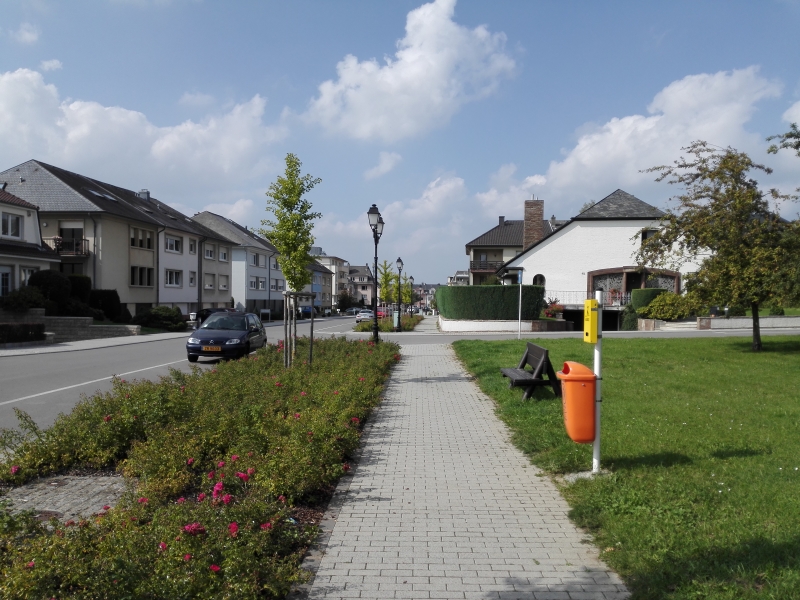
1/1501s @ ISO 50
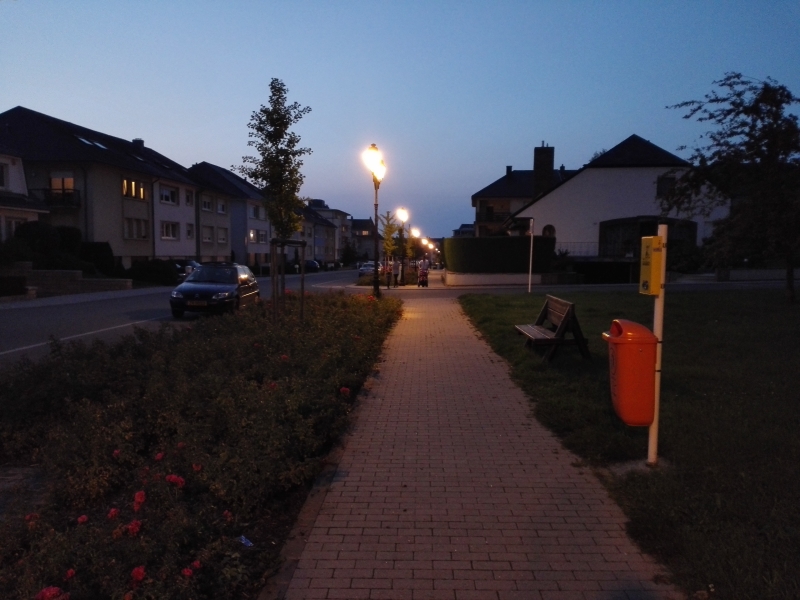
1/20s @ ISO 320
 1/16s @ ISO 2500
1/16s @ ISO 2500
In the low light shot, the Honor 6 is able to produce a pretty good result considering the ISO 2500 sensitivity on the shot, all while maintaining a reasonable exposure of 1/16s. It's in the dusk shot that the device is struggling to properly set its exposure and ISO level as it produces a very dark picture even though there was still enough ambient light available, seemingly caused by the metering algorithm trying to expose for the sky instead of the environment.
In perfect lighting conditions the camera has no issues in terms of exposure, but here we see a definite lack of detail. The IMX214 should have been able to produce a shaper image here, but instead we see a lot of fuzziness compared to other phones.
A trend that I saw in all pictures that I took is that the HDR mode is too aggressive. Instead of trying to underexpose bright areas, and increase exposure on darker ones, the phone tends to overexpose everything. I haven't been able to make a single shot where the HDR mode didn't result in oversaturated and unrealistic colours. It's more of a hit and miss and you're required to take several pictures because the metering algorithm was very unpredictable for me. I've been able to take a lot of over- or under-exposed pictures in what was otherwise very good lightning conditions. Here Huawei has a lot of catching up to do to be able to come close to the consistency that Apple, Samsung, HTC and LG are able to provide.
Video Capture
In terms of video capture the Honor 6 offers the usual 1080p and 720p resolutions on top smaller formats like VGA and even a 176x144 for MMS video. The 1080p video mode comes with several limitations: HDR and Beauty Mode are disabled and only available to 720p and lower resolutions.
Original 1080p video file (90MB)
In the standard 1080p mode we get a 24Mbps AVC Baseline@L4.0 video stream at 25fps with 96Kbps stereo AAC audio. The video is sharp and fluid, albeit the colours are a tad oversaturated. It's the lack of any kind of stabilization is very obvious and the video is very shaky. I was surprised by the audio quality of the video recordings as I could not only hear my own breath but also far away kids playing in the background. The microphones on the device seem to do their job pretty well in that regard.
Original 1080p + EIS video file (95MB)
When turning on the electronic image stabilization the quality of the video dramatically decreases. We see a big reduction in the details of the video and what should be 1080p turns into something inferior to 720p. It's pretty obvious what's going on here: Instead of increasing the capture frame beyond 1080p on the image sensor, Huawei is retaining the 1080p capture frame and then reduces the actual video window inside of the frame and reserves the margins needed for the EIS to operate. The video window is then upscaled again to 1080p, resulting in a blurry image and loss of detail. The effect also reduces the field-of-view of the camera.
Original 720p HDR + stabilization video file (59MB)
The 720p video with both HDR and EIS is even worse off. We go down to a 14.4Mbps AVC video stream on a custom encoding profile, while retaining the audio track quality. Here the resulting image resembles more what a 480p recording would produce. It is pretty clear to me that there limitation here lies in the SoC's ISP. It either cannot handle the sensor data bandwidth at high resolutions due to a lack of enough MIPI CSI lanes, or the ISP is underpowered and cannot handle the heightened load that EIS and HDR require. This is quite a blow to the Kirin's video capabilities, and we end up with one of the worst results in the SoC space.
I've already played a bit with the Ascend Mate 7 hoping that the situation would improve, but alas it seems that my suspicion holds as it has the same limitations and problems when recording video.



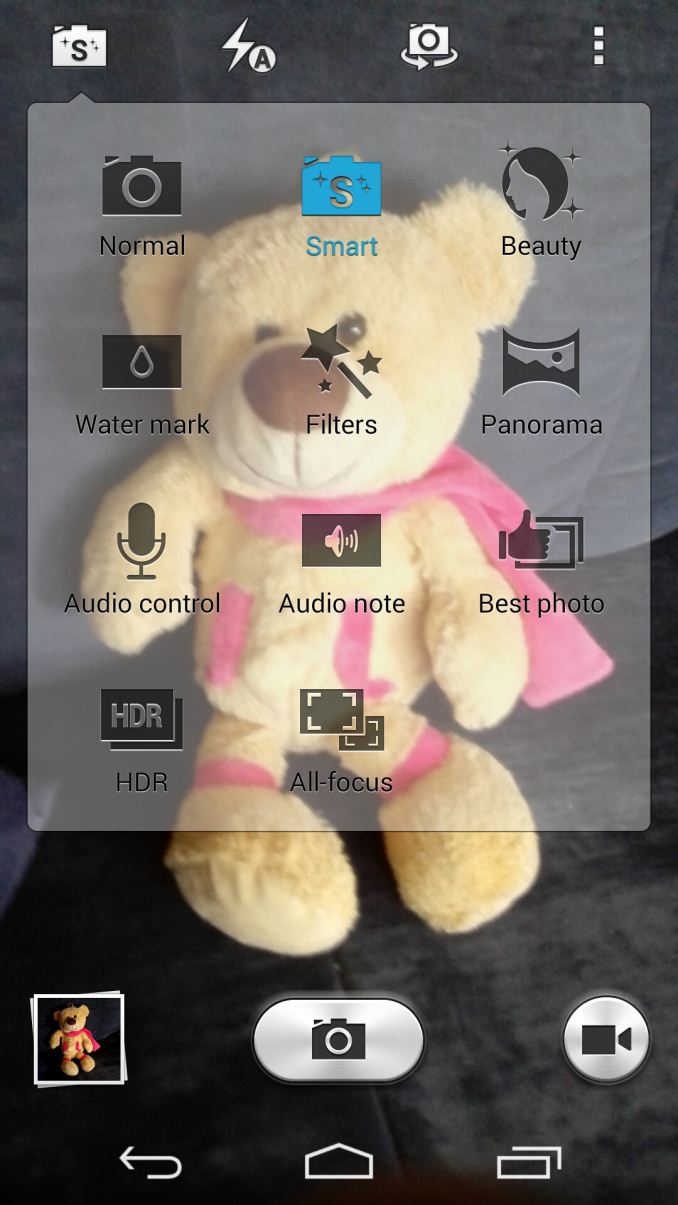
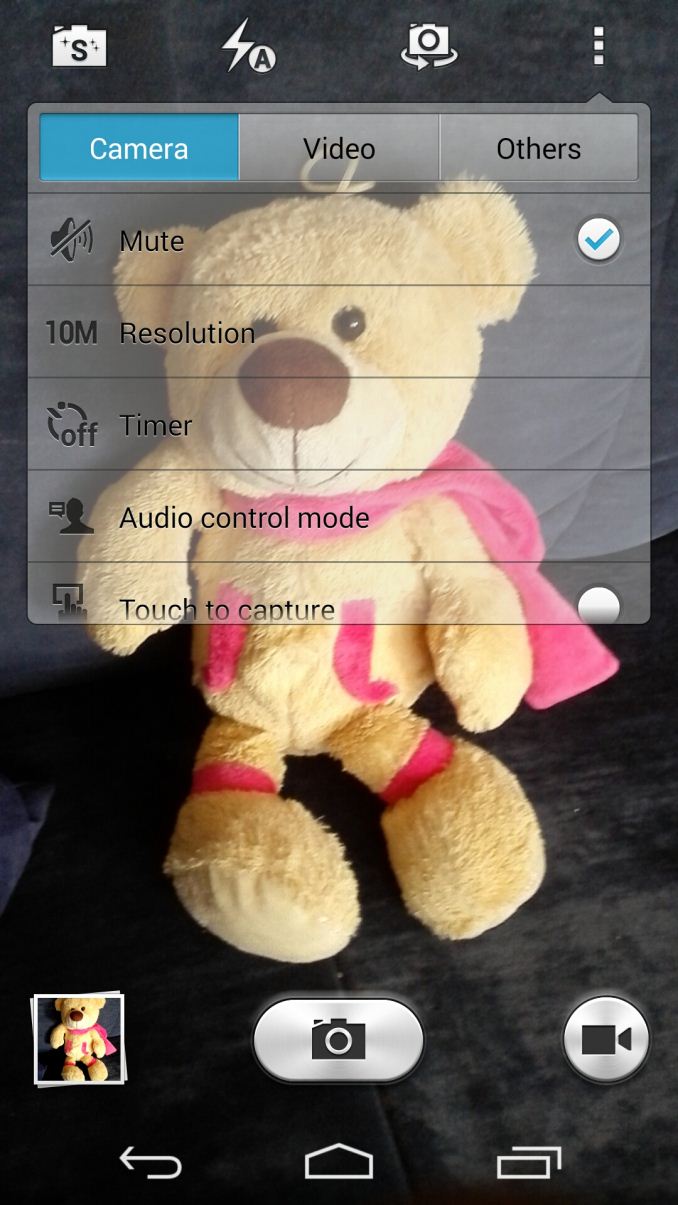
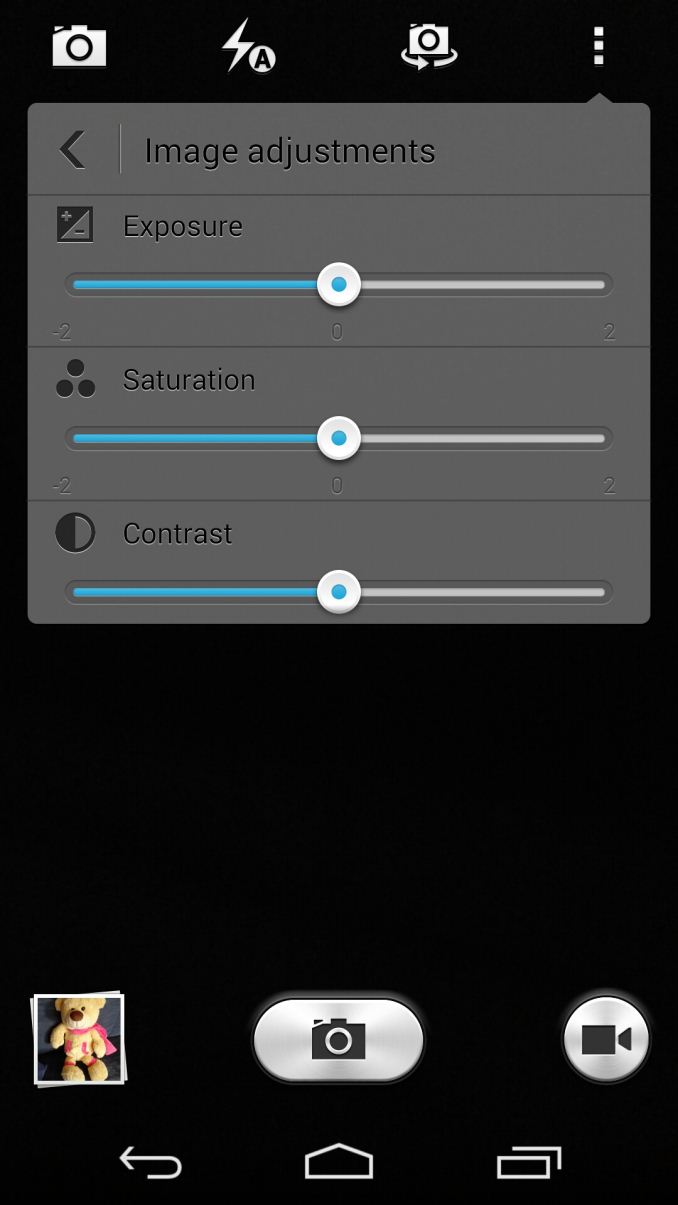

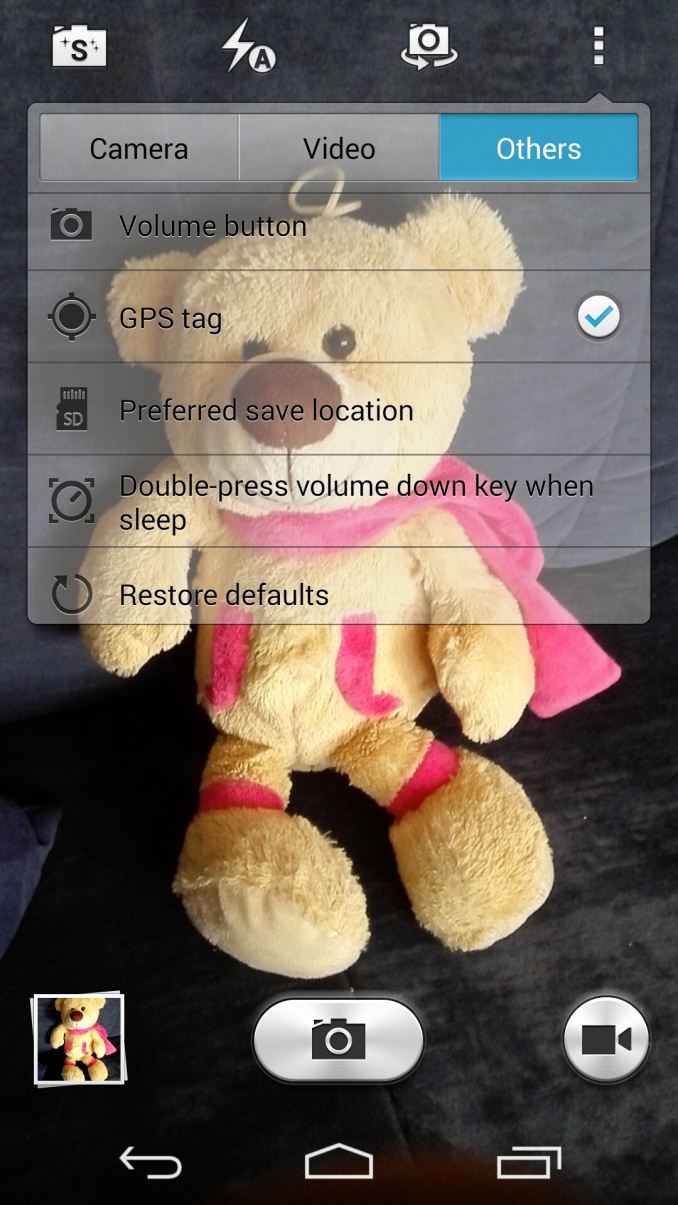

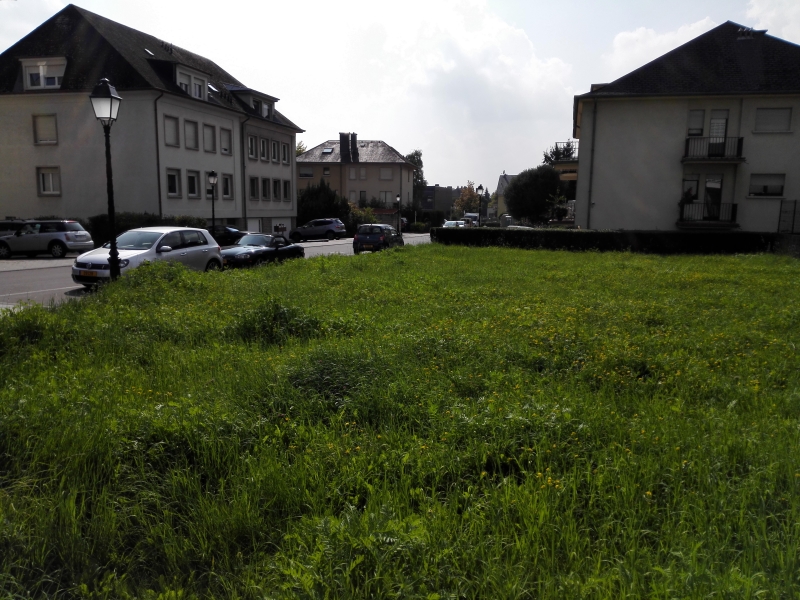 Normal mode
Normal mode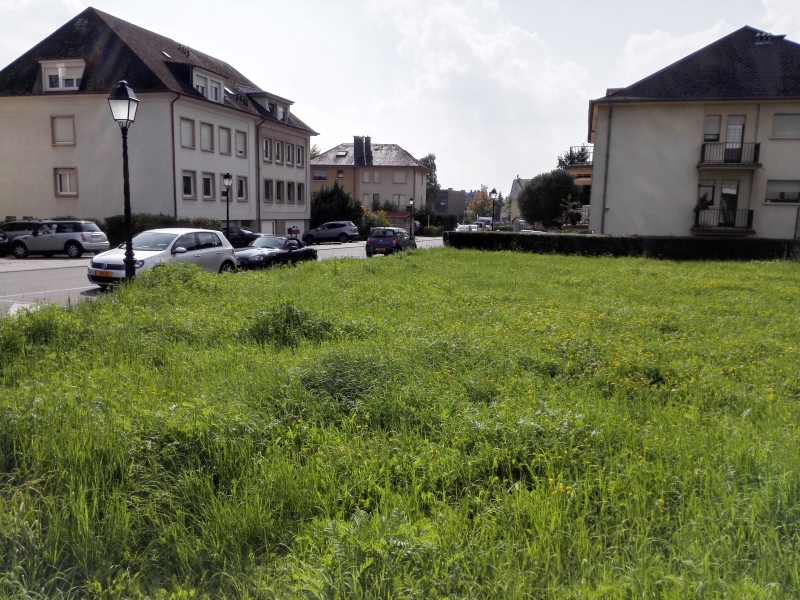






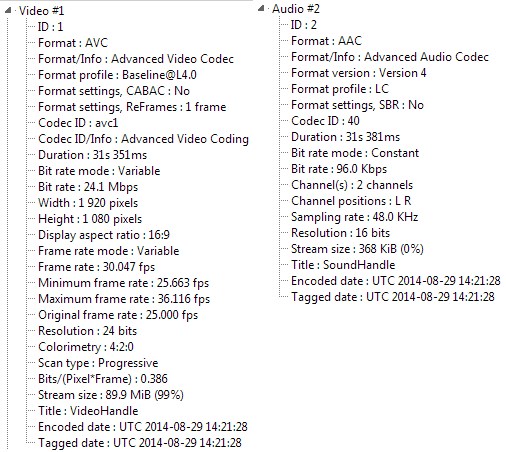








59 Comments
View All Comments
Achtung_BG - Friday, September 12, 2014 - link
Kirin920/925 is very intrasting SoC compared with MediaTek 6595( 4 cortex A17, 4 cortex A17 GPU PowerVR6200) in mid phone class 200-300$johnny_boy - Friday, September 12, 2014 - link
As someone who doesn't game, this SoC is pretty interesting. Being interested in mainly web performance, this phone looks fairly attractive for the price. This obsession with phone/tablet GPU performance is a bit puzzling, and there should be options with strong CPU performance and middling GPU performance for those of us who only do casual or once-in-a-blue-moon phone/tablet gaming. What percentage of tablet users are utilizing the full power of their Tegra K1 GPU, or phone users utilizing the full power or their Snapdragon 801 (Adreno 330) GPU? My bet is few.johnny_boy - Friday, September 12, 2014 - link
Whoops, I forgot there's only one K1 tablet out right now, and it's a gaming one! So probably 100% of K1 users ARE utilizing that fullness of that GPU!hendry07 - Saturday, September 13, 2014 - link
if im not mistaken, there are 2 K1 Tablets that are out right now. MiPad , and Shield.soccerballtux - Friday, September 12, 2014 - link
how do you burn through 3100mAh in 1.6483 hours that is beyond metuxRoller - Friday, September 12, 2014 - link
By having it use about 6W/hr;)masimilianzo - Friday, September 12, 2014 - link
Great having reviews for chinese only phones! They are great! Nubias, Meizu, Xiaomi, Huawei. Please keep going reviewing this stuffNeatOman - Saturday, September 13, 2014 - link
I just want to note something that is not brought up nearly as much or at all, the lighting that affects the screens... over many years I've seen screen look better then other in certain light and in other light other screens come out ahead. Long story short, my Nexus 5 looks much better in the sun then my friends iPhone 5c.. the colors seam to be almost *enhanced* if you will while the iPhone although very clear in the sun still looked washed out. Also if you have polorized glassed on the iPhone screen gets wired (kind cool lol) and the Nexus 5 is perfectly visible both vertically and horizontally (the Nexus 4's screen would go totally black if it was held sideways with polarized glasses on).So despite not being as bright outright, it handles sunlight hitting the screen much much better then a iPhone 5//5s/5c, especially with glasses on.
johnny_boy - Saturday, September 13, 2014 - link
Nice looking phone. Too bad about the crappy wifi and flash performance, because that should be a dealbreaker for almost anyone.p51d007 - Saturday, September 13, 2014 - link
I have a Huawei Ascend Mate2, and it has a non removable battery. Considering it is a 4000mAH battery, it doesn't matter. Even with a 6.1" screen, it lasts 2-3 days on average. Some have questioned when they released it with a Snapdragon 400 SOC along with a 720p screen. I even had doubts until I started seeing reviews & actual users that have it. Some also questioned the lack of kit kat, sticking it with JB 4.3, but, I bet the majority of users won't care. It's fast, the screen is crystal clear, unless you are a pixel peeper that holds the device 2 inches from your nose! If more and more "mid spec" devices start showing promise, perhaps the days of over priced super spec devices will start to dissipate. Do you "really" need an 8 core 1080p screen? The apps can't really take advantage of all that speed anyway.